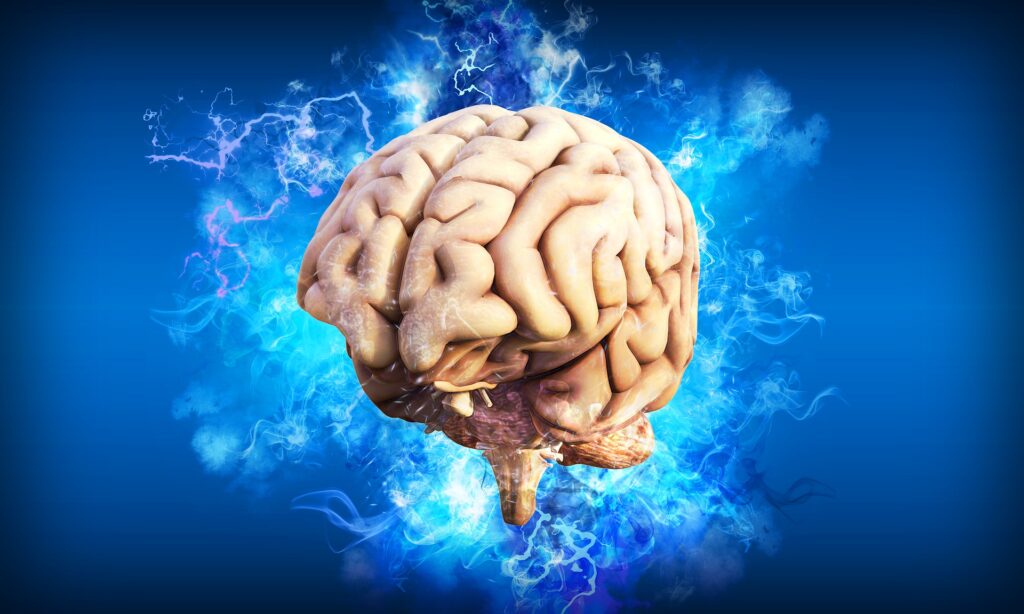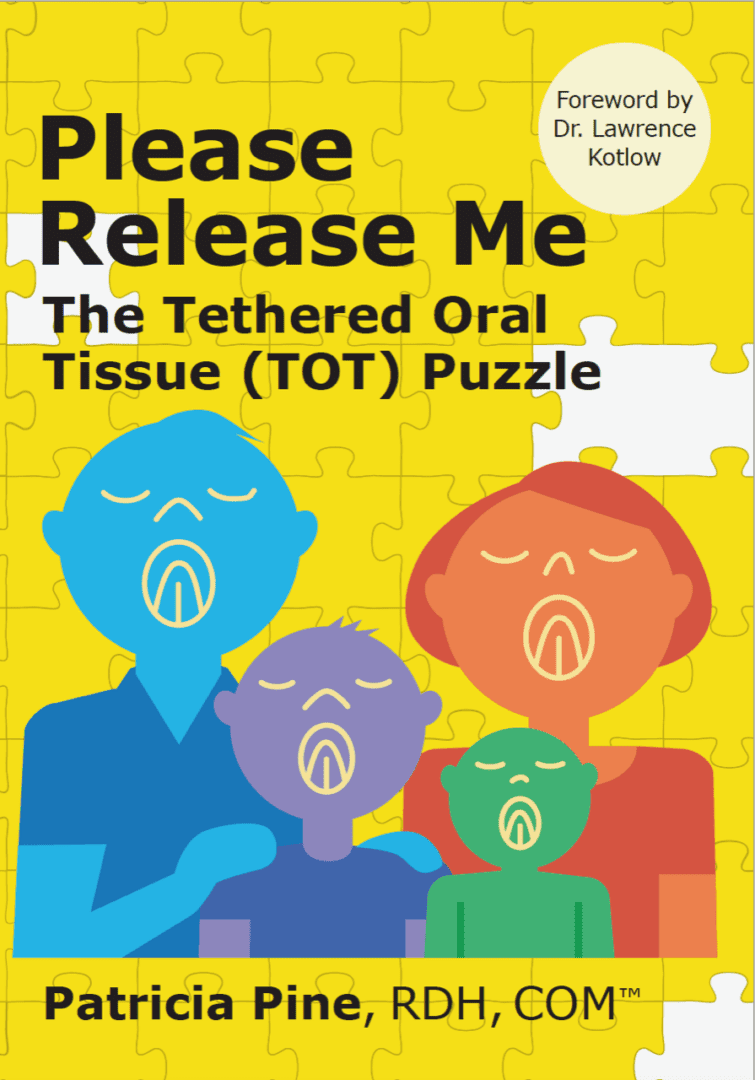
The Benefits of Neuroplasticity
Human beings are very complex life forms. As such, our brains are very powerful and incredible organs that can do extraordinary things. Our brain can help our body heal when injured, allowing bones to mend and skin to regrow. But did you realize that the brain can also heal itself and adapt? This is the basis for what neuroplasticity is all about. Our goal here at Muscles in Harmony is to help your oral muscles work together in harmony. The oral complex of muscles is connected to cranial nerves associated with the brain and works together subconsciously. Today we want to discuss the benefits of neuroplasticity and how it relates to the myofunctional therapy services we offer.
What is Neuroplasticity?
Neuroplasticity is the brain’s ability to adapt to environmental changes by creating new neural connections over time. It explains how the human brain can adapt, master new skills, store information and memories, and recover from traumatic injury. New neural pathways are created between active neurons to develop new paths during a process called rerouting. This is the brain’s ability to adapt and learn over time. According to the National Library of Medicine, there are two major mechanisms of neuroplasticity: neuronal regeneration and functional reorganization. The former is the concept of strengthening neuronal connections, while the latter is the concept of sustaining lost brain concepts in different parts of the brain.
Does Neuroplasticity Happen Naturally?
The short answer is that yes, neuroplasticity happens naturally in our brains, but there can be other external factors. Research in 2017 suggests that music, art, dance, and exercise promote neuroplasticity. Further, our brain can rewire itself after a traumatic brain injury (TBI) or other brain-related injury, allowing the neurons to form new connections and pathways to damaged areas. It’s all about retraining your brain and subconscious to function differently than it has for your entire life. For instance, you can consciously choose to breathe differently when awake, but your subconscious needs to be on board with the proper techniques when sleeping. Since the brain has this plasticity and can adapt, it allows for neuromuscular re-education in myofunctional therapy.
Myofunctional Therapy and Neuromuscular Reeducation
Neuromuscular reeducation is the process of retraining and reeducating the muscles in the face as well as the facial structures so that it becomes ingrained in the subconscious. Myofunctional therapy helps patients attain neuromuscular reeducation, possibly because of neuroplasticity in the brain. Myofunctional therapy can treat all sorts of conditions that involve the body not functioning properly. Tongue ties, tongue thrust, sleep apnea, snoring, mouth breathing, and crooked teeth are some of the most commonly treated conditions using myofunctional therapy.
Health Benefits of Neuroplasticity
As we discussed above, there are many physical conditions that are made possible because of neuroplasticity. Therapies such as myofunctional therapy are able to effectively utilize our brain’s ability to adapt to correct bodily issues and relearn how parts of the body function. Since both physical and mental health are closely tied to the functions and structure of our brain, the plasticity in our brain benefits our entire mental and physical body. It can affect everything from mood and emotions to coordination and movements.
Neuroplasticity also allows for long-term solutions to problems. For someone with a tongue tie, for instance, while that can be released with surgery, you have to go through myofunctional therapy to retrain your oral muscles to learn how to operate without the tongue tie that’s likely been there for your entire life. Without the follow-through of myofunctional therapy, tongue ties can reattach even after having surgery. That is why it’s so important to hone in on the plasticity of our brain with myofunctional therapy before and after the tongue tie release to prevent reattachment, so that we can reap the benefits of our brain’s natural abilities.
Master the Concept of Myofunctional Therapy
If you are a current medical professional ready to help your patients benefit from neuroplasticity, it’s time to learn the ins and outs of the Myofunctional Therapy Puzzle. Register here to claim your spot in our Myofunctional Therapy Course. Not only will you broaden the scope of your own knowledge, but you can help to diagnose and treat the issues that your patients are suffering from and help them to live healthier lives. Sign up today!

